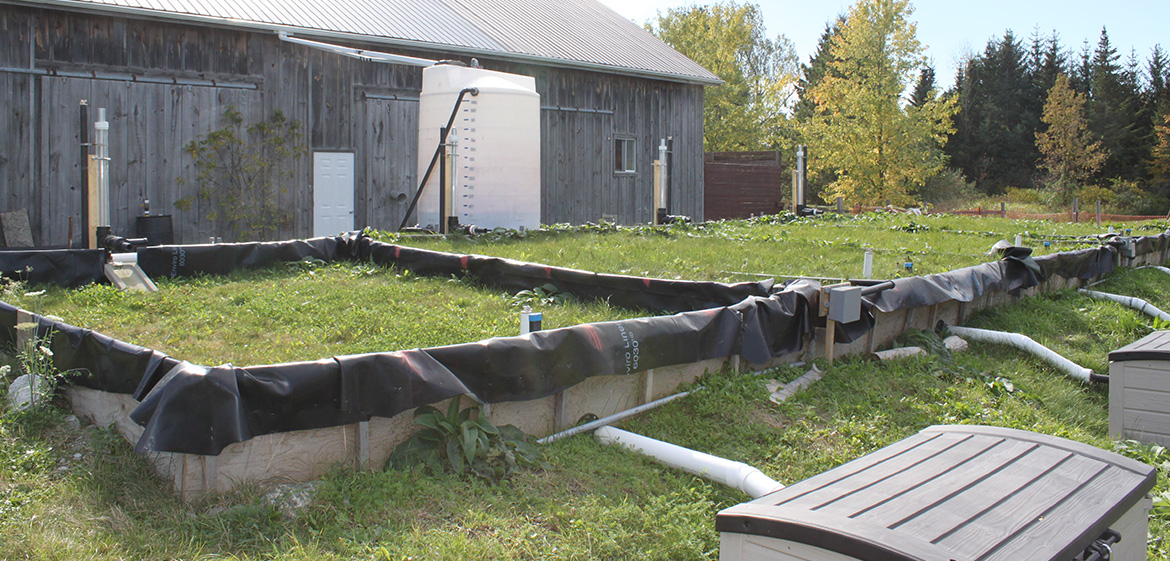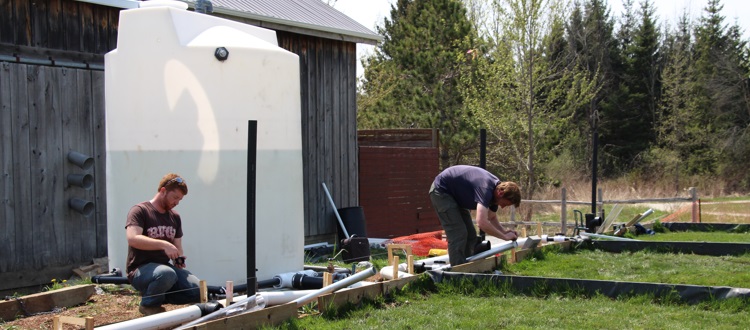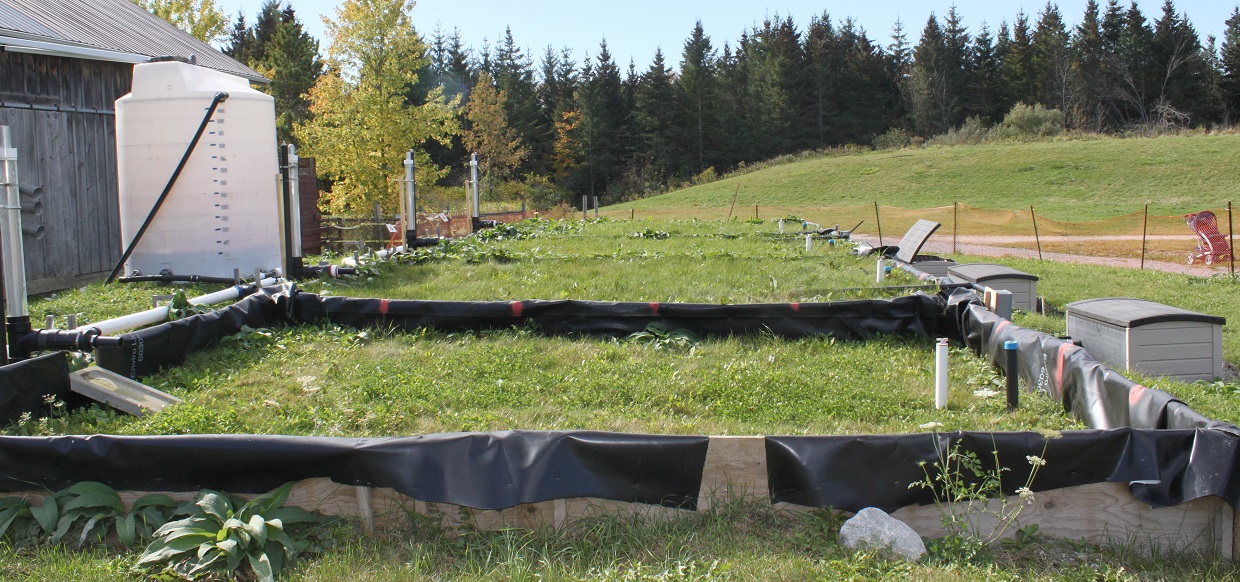Soil Test Plots

Establishing and maintaining healthy soils is not only essential for tree and plant growth, but also an important way to reduce the quantity and improve the quality of stormwater runoff.
Healthy soils provide many stormwater management functions, including efficient water infiltration and storage, absorption of excess nutrients, filtration of sediments, biological decomposition of pollutants, and moderation of peak stream flows and temperature.
As such, the health of soils and vegetation is fundamentally linked to the health of the receiving water bodies to which they drain and the aquatic ecosystems they support.
During urban development topsoils are removed, subsoils are compacted, and previously vegetated landscapes are replaced with impervious surfaces like roads, parking lots and buildings. These activities decrease the soil’s capacity to provide stormwater management benefits.
By applying soil management practices that support healthy and functional landscaped areas, the important hydrological functions of soils can be maintained.
This Living Lab consists of four soil test plots designed to mimic typical lawns in new residential developments. They have been constructed with different alternatives to standard topsoil application practices, but were all sodded with the same grass type from the same source.

The topsoil applications used in the four plots are:
- 10 centimeters of topsoil
- 30 centimeters of topsoil
- 30 centimeters of topsoil mixed with organic rich compost
- 25 centimeters of topsoil with a 5 cm compost blanket
Each plot is 20 m2 and receives direct rainfall and runoff from the sloped metal roof of an adjacent barn. The roof runoff is first collected in a large cistern and then apportioned equally among the four plots.

Water flows from the plots, which have been constructed with a 2% grade, and is measured with tipping bucket flow gauges at the end of the slope.
Experienced staff from STEP conduct independent third-party product evaluations at this Lab.
This research yields valuable information on the performance of these technologies and helps to determine best practices for their operation and maintenance, which STEP disseminates to industry, government, academia and the general public.



